New Jersey contains numerous historical sites that often remain overlooked near major metropolitan areas. The state features restored mills from the 18th and 19th centuries, nature reserves with native wildlife, and preserved colonial buildings. The coastal region offers working lighthouses, while the interior is characterized by parks and forests. Attractions include traditional villages with craft workshops, former industrial facilities, and gardens with regional plants. Hiking trails traverse various landscapes, from marshlands to wooded hills. Several locations provide views of the New York or Philadelphia skylines. These sites document the state's industrial, agricultural, and maritime history. Museums present collections on local development, while parks offer recreational opportunities in natural settings. The sites are distributed throughout the state and showcase different aspects of regional identity.
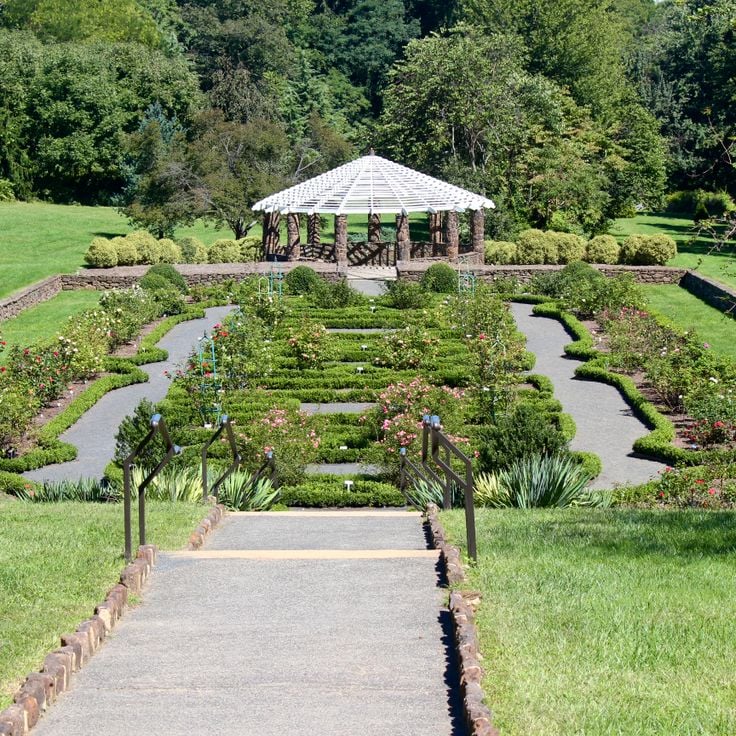
Middletown, United States
Deep Cut GardensDeep Cut Gardens spans 22 acres in Middletown Township, showcasing various themed gardens throughout the year. The botanical park includes a formal rose garden with over 400 rose bushes, seasonal flower beds featuring tulips in spring and chrysanthemums in fall, and specialized areas such as a butterfly garden and shade garden. The greenhouse educational center houses tropical and subtropical plants along with a collection of native New Jersey species. Visitors can walk along maintained pathways through deciduous woodlands and explore different landscaping styles, from English perennial borders to Japanese-inspired arrangements.
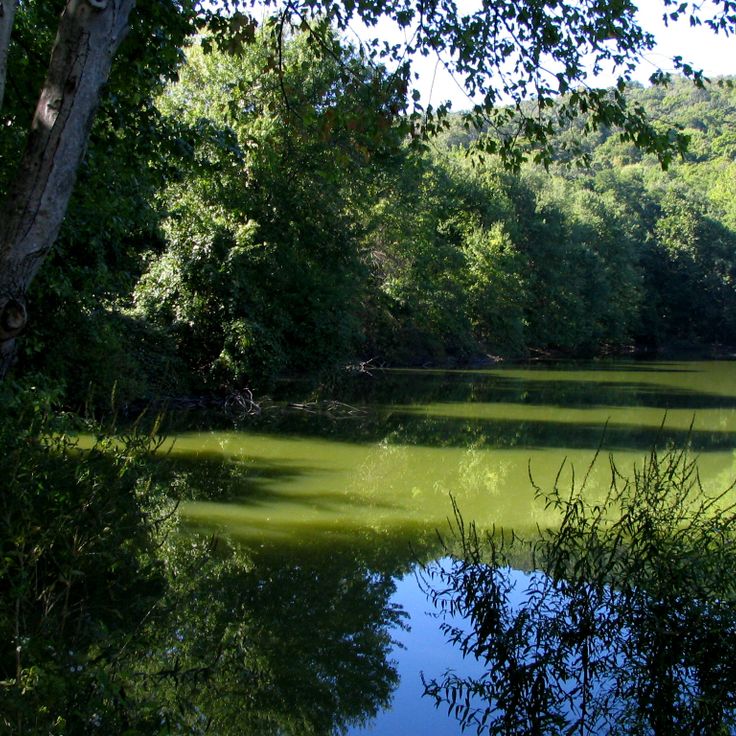
Mahwah, United States
Ramapo Valley County ReservationRamapo Valley County Reservation covers 1500 hectares in northern New Jersey and provides an extensive network of hiking trails through the forested slopes of the Ramapo Mountains. The reserve includes several lakes, such as Scarlet Oak Pond and Stone Living Room, along with numerous streams. The marked paths wind through deciduous forests of oak, maple, and hickory trees and lead to rocky viewpoints overlooking the surrounding valleys.
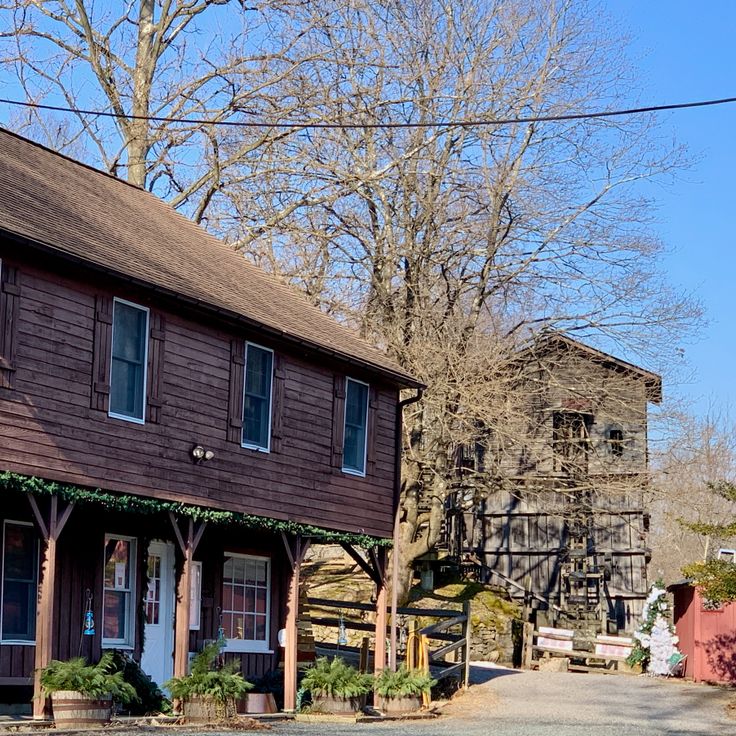
Clinton, United States
Clinton Historical Museum VillageThe Village Musée Historique de Clinton preserves a working water-powered mill system dating from 1810, originally used for processing grain and wool. The site includes a restored stone mill building with original millstones and waterwheels, a timber-frame barn housing 19th-century agricultural equipment, and several historical structures that document the life of early settlers in New Jersey. Visitors can observe the mechanical drive systems of the mill and explore the collection of plows, threshing machines, and craft tools that illustrate the agricultural development of the region.
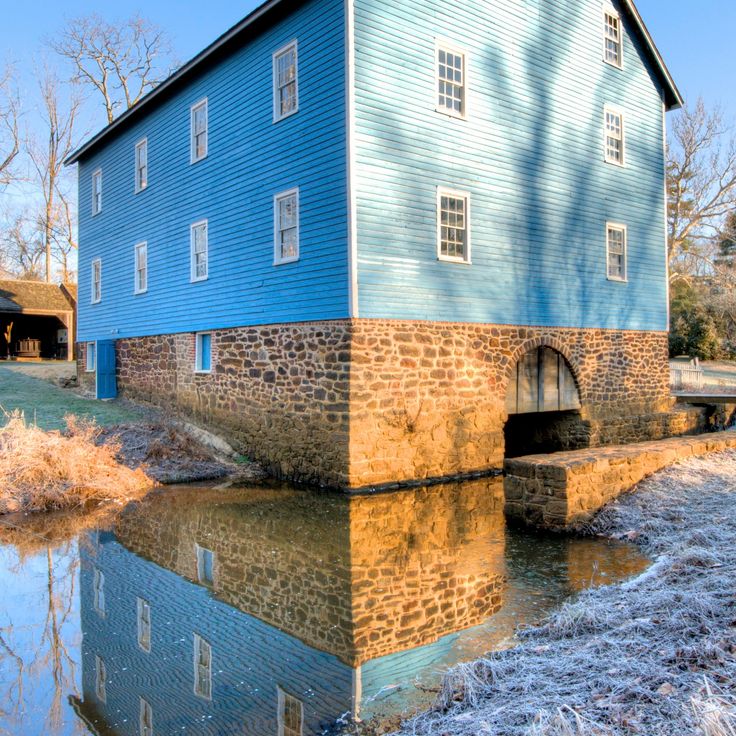
Upper Freehold, United States
Walnford Historic DistrictThe Walnford Historic Site extends along Crosswicks Creek, preserving the architecture and lifestyle of colonial New Jersey. The main building is a 1773 manor house that demonstrates the living conditions of wealthy families from that era. The working grist mill shows 18th-century grain grinding techniques with its original water wheel mechanism. The historic store displays trade goods and business practices of the period. The gardens follow traditional planting methods with vegetable, herb, and flower beds. Walking trails wind through woodlands and wetlands along the creek.
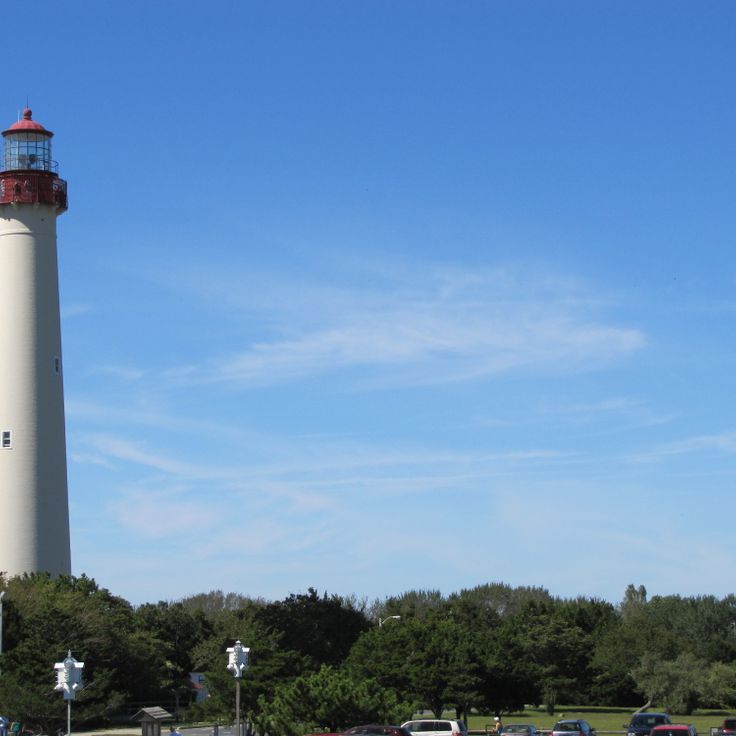
Cape May Point, United States
Cape May Point State ParkCape May Point State Park covers 97 hectares at the southernmost tip of New Jersey. The park protects dune landscapes, salt marshes and coastal forest. The 1859 lighthouse rises 48 meters high and can be climbed. The grounds sit on the Atlantic migratory bird route and attract thousands of migrating birds annually, including hawks, songbirds and shorebirds. Observation platforms enable viewing of the migrating species during spring and fall seasons. Trails traverse the park's diverse habitats.
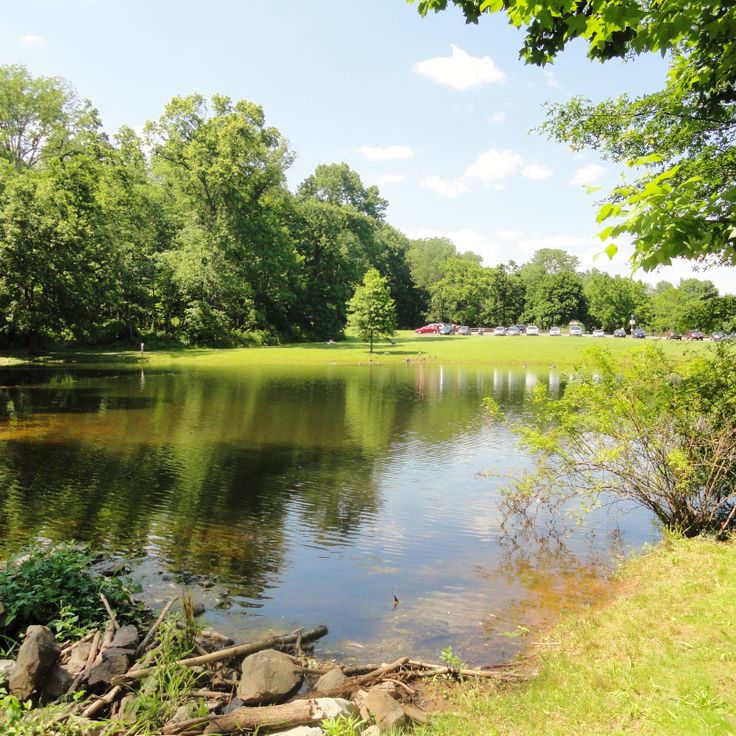
Hillsborough, United States
Sourland Mountain PreserveThe Sourland Mountain Preserve spans 1200 hectares of forested terrain in central New Jersey, offering an extensive network of hiking trails through dense hardwood forests. The area is characterized by its geological formations of diabase rock, created millions of years ago through volcanic activity. The trails wind through varying elevations, providing opportunities to observe local wildlife including white-tailed deer, red foxes, and numerous bird species. The preserve serves as an important habitat for rare plant species and functions as an ecological corridor in the region.
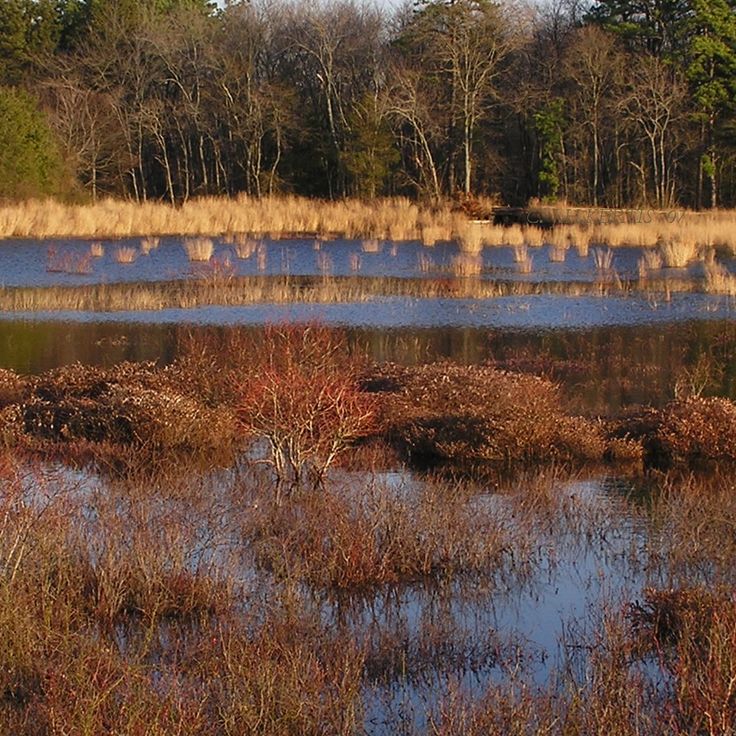
Bayville, United States
Double Trouble State ParkDouble Trouble State Park spans 3,400 acres in the New Jersey Pine Barrens and preserves a restored 19th-century cranberry farm. The site includes a working sawmill, several historic buildings along Cedar Creek, and a network of trails through pine forests and wetlands. The farm produced cranberries until 1971, and its structures document the techniques of commercial cranberry cultivation in this region.
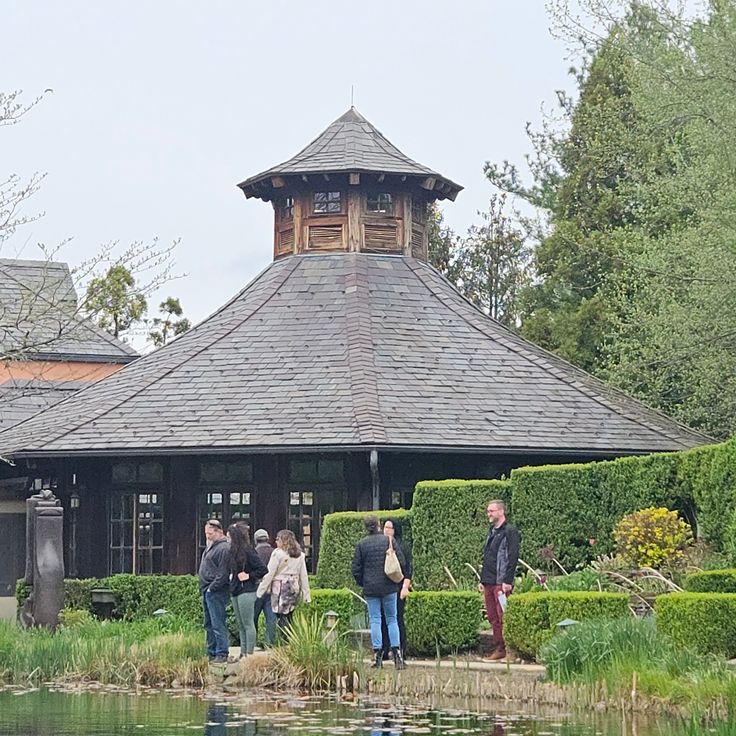
Hamilton Township, United States
Grounds For SculptureThis sculpture park spans 17 hectares and features more than 270 contemporary artworks set within landscaped gardens. Grounds For Sculpture was founded in 1992 by sculptor Seward Johnson and combines modern sculptures with designed landscapes. The site includes various themed gardens, water features, and pathways that wind through different vegetation zones. The museum showcases works by international artists in rotating outdoor exhibitions as well as permanent installations.
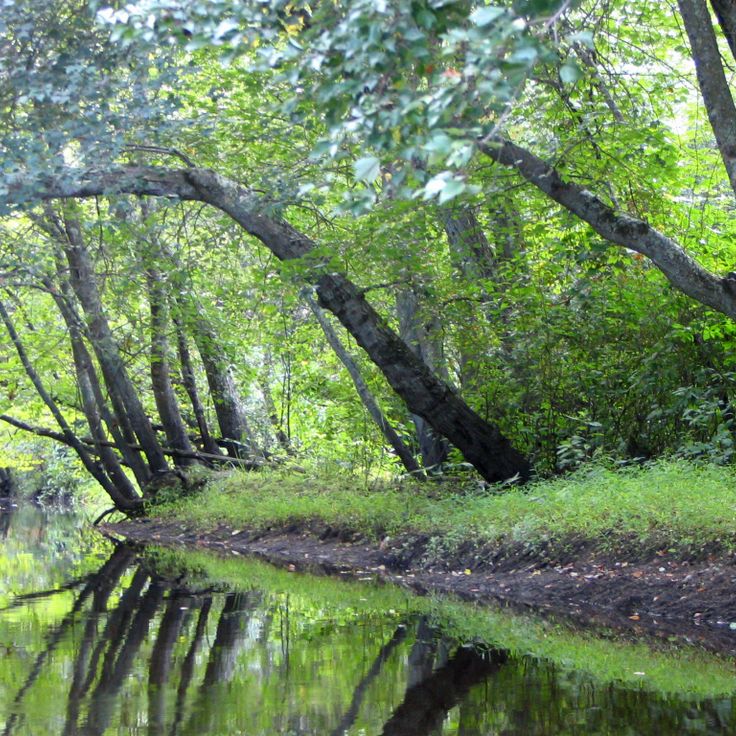
Hammonton, United States
Batsto VillageThe village of Batsto is located in Wharton State Forest and documents the industrial past of New Jersey. The settlement was established in 1766 and produced iron goods, including cannonballs during the American Revolution. In the 19th century, Batsto developed into a glassmaking center. The preserved buildings include the manor house, workers' cottages, a sawmill, and a general store. A museum displays tools, documents, and everyday objects from the period of active production.

Long Valley, United States
Hacklebarney State ParkHacklebarney State Park extends along the Black River and offers several hiking trails through wooded areas with rock formations. The river flows over cascades and forms natural pools between the rocks. The grounds include hemlock and deciduous trees that change colors in autumn. The trails lead to viewpoints over the river gorge.
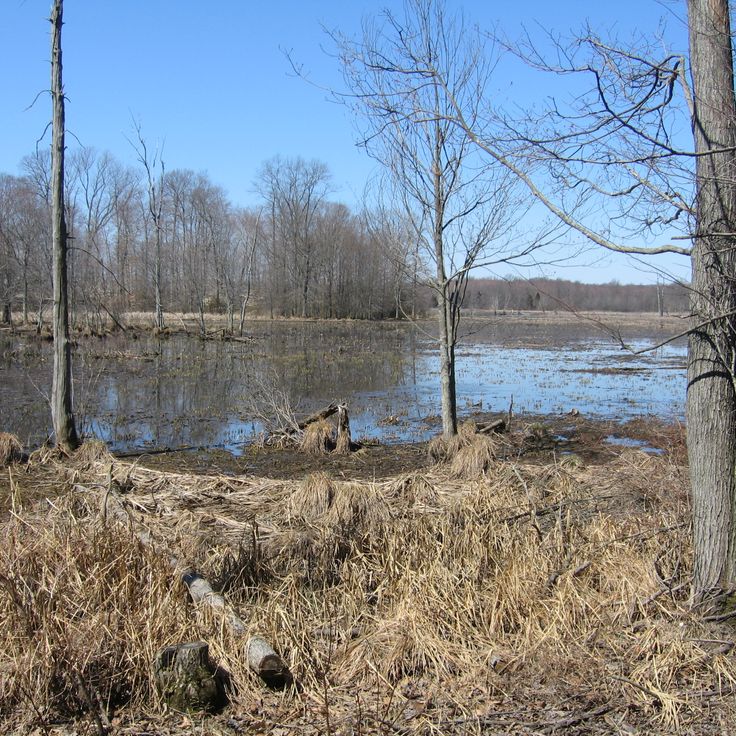
Basking Ridge, United States
The Great Swamp National Wildlife RefugeThe Great Swamp National Wildlife Refuge encompasses 3,100 hectares of protected wetland in Morris County. This conservation area provides habitat for over 244 bird species, including numerous migratory birds that rest here during their seasonal journeys. The refuge features several walking trails, observation platforms, and a nature education trail. Mammals such as white-tailed deer, foxes, and beavers inhabit the diverse habitats of marshes, forests, and grasslands.
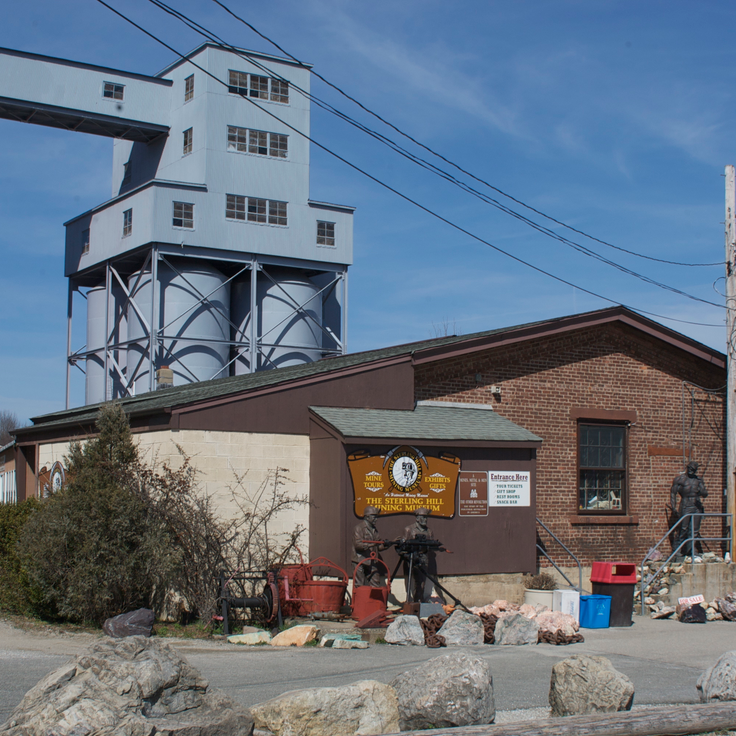
Ogdensburg, United States
Sterling Hill Mining MuseumThe Sterling Hill Mining Museum is located in a former zinc mine that operated until 1986. Visitors can walk through the original tunnels and discover the mining techniques and geological formations. The mine is known for its fluorescent mineral collection featuring over 350 different species. The museum offers guided underground tours and displays historical mining equipment. An outdoor area presents machinery and vehicles from the mine's active operational period.
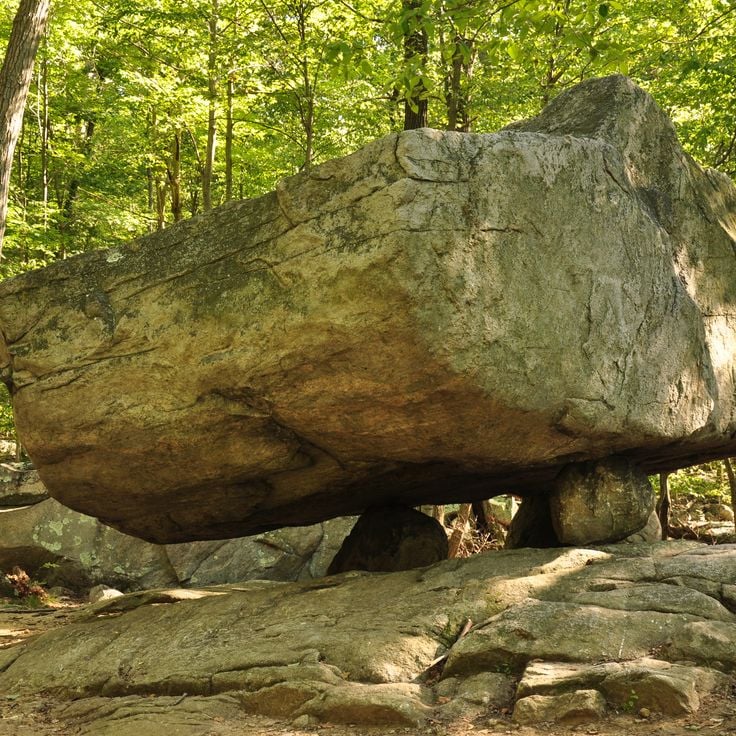
Montville, United States
Pyramid Mountain Natural Historic AreaPyramid Mountain Natural Historic Area spans 1,500 acres in northern New Jersey, preserving a landscape shaped by glacial activity during the last ice age. The area contains numerous glacial erratics, including Tripod Rock and Bear Rock, which were deposited approximately 15,000 years ago. A network of marked trails winds through the terrain, leading to geological formations and viewpoints that overlook the surrounding valleys and hills. The reserve serves as habitat for wildlife and supports various native plant species throughout its forested sections.
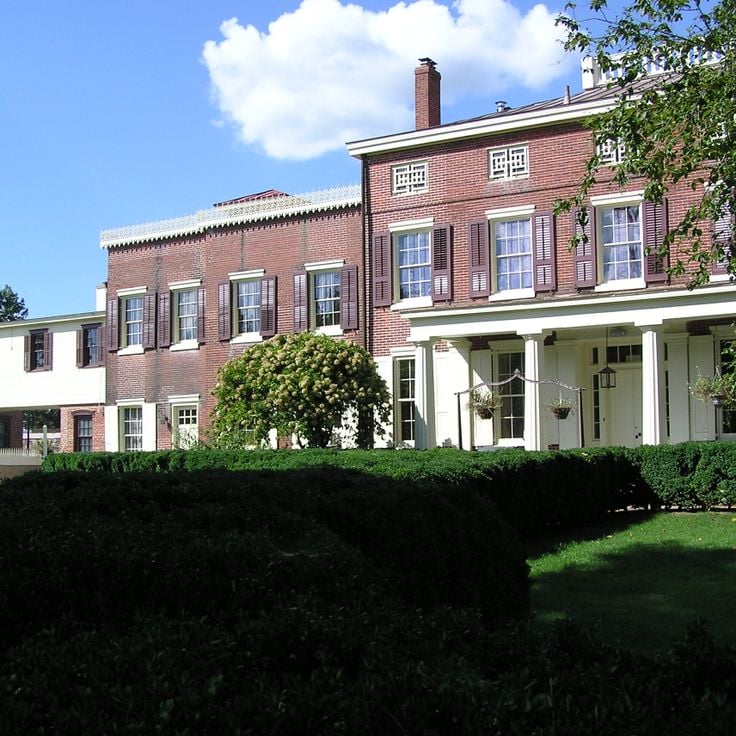
Smithville, United States
Historic SmithvilleHistoric Smithville is a restored 19th-century village in southern New Jersey. The village preserves the architecture and character of this era through its historic buildings, which now house antique shops, craft stores, and restaurants. A working 1903 carousel stands at the center of the village. Visitors can stroll along lakeside paths, explore the old mills, and browse numerous shops offering local crafts and collectibles.
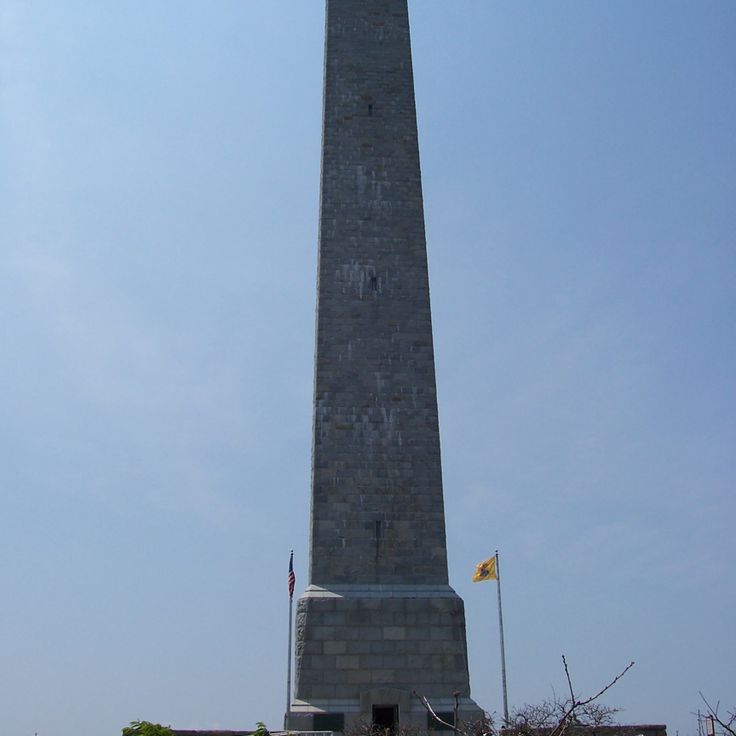
Sussex, United States
High Point State ParkHigh Point State Park spans the highest elevation in New Jersey and provides access to 80 kilometers of hiking trails through deciduous forests and mountain ridges. The grounds include the Appalachian Trail, three lakes, and a 67-meter obelisk commemorating war veterans. Visitors can hike marked paths that wind through hemlock groves, pass rock formations, and offer views across three states. The park features camping facilities, picnic areas, and a nature interpretation trail.
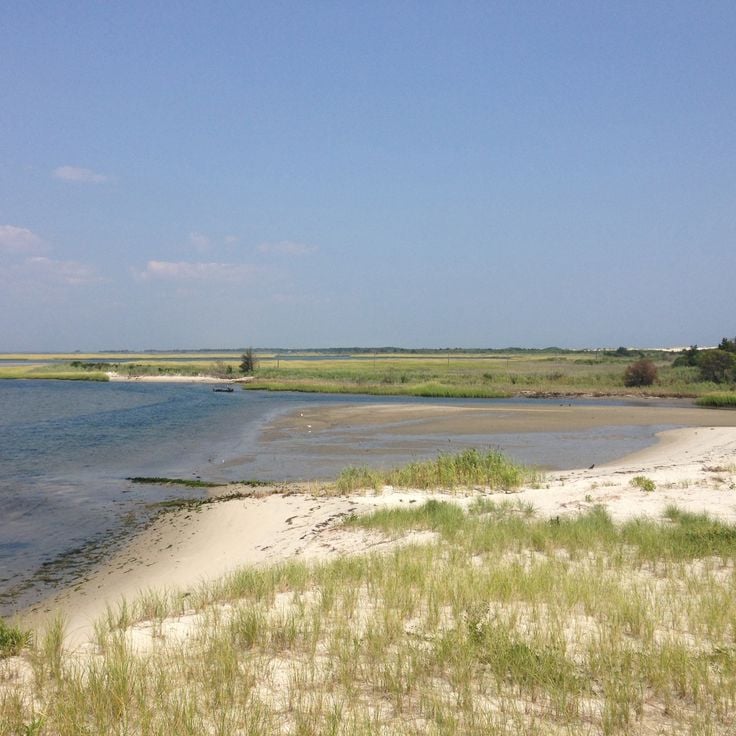
Seaside Park, United States
Island Beach State ParkIsland Beach State Park extends along a 16-kilometer barrier island on the Atlantic coast of New Jersey. The preserve protects natural coastal habitats with extensive sand dunes, salt marshes, and maritime forests. These ecosystems provide nesting grounds for numerous shorebird species, including terns and plovers. The park features hiking trails through the dune landscape, fishing spots on the ocean and Barnegat Bay sides, and swimming areas at undeveloped beaches. The zone south of the swimming sections serves as a research area for coastal ecology and bird conservation.
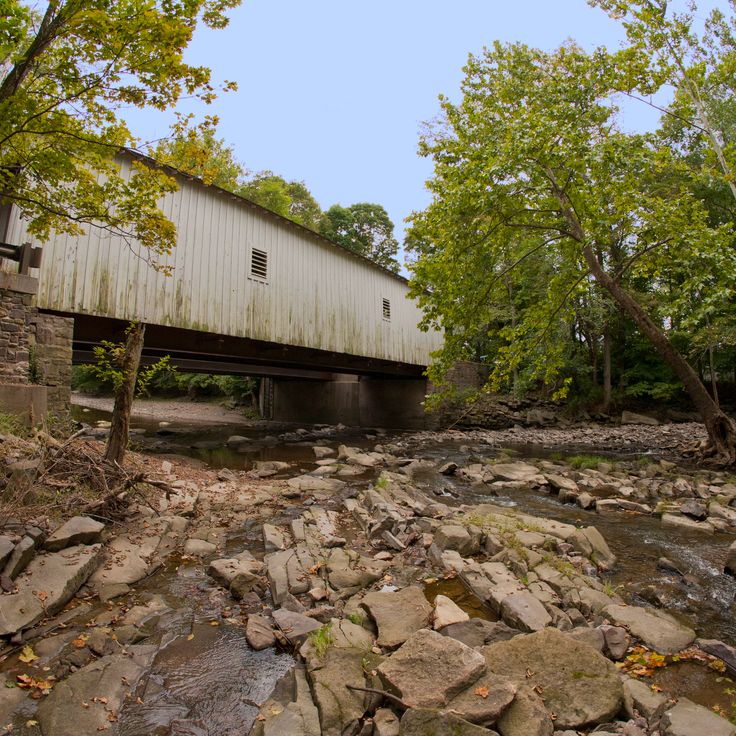
Stockton, United States
Green Sergeant's Covered BridgeThe Green Sergeant's Covered Bridge was built in 1866 and spans 27 meters across Wickecheoke Creek. This wooden structure uses the Howe truss system, featuring vertical iron rods that reinforce diagonal timber beams. The interior reveals original 19th-century carpentry techniques with visible mortise and tenon joints and hand-hewn timbers. Red exterior boarding protects the load-bearing framework from weather exposure.
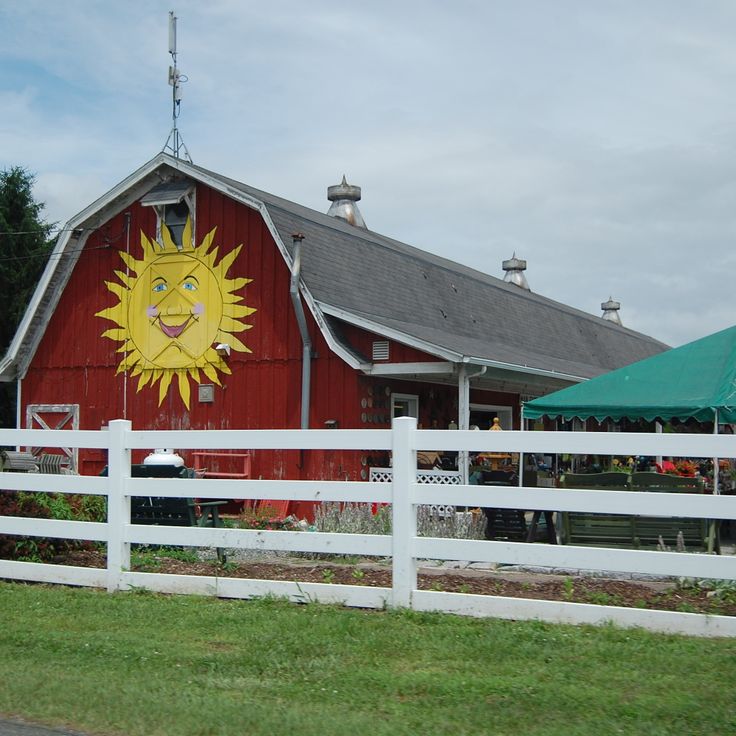
Sussex, United States
Space Farms Zoo & MuseumSpace Farms Zoo & Museum combines a zoological park with an extensive collection of historical objects. This facility houses approximately 500 animals of various species, including big cats, bears, and primates. The museum collection comprises around 100,000 antiques from different periods, including historic vehicles, agricultural machinery, weapons, and Native American artifacts. The Space family has operated this location for several generations, building a diverse collection over the years that provides insights into American history and culture.
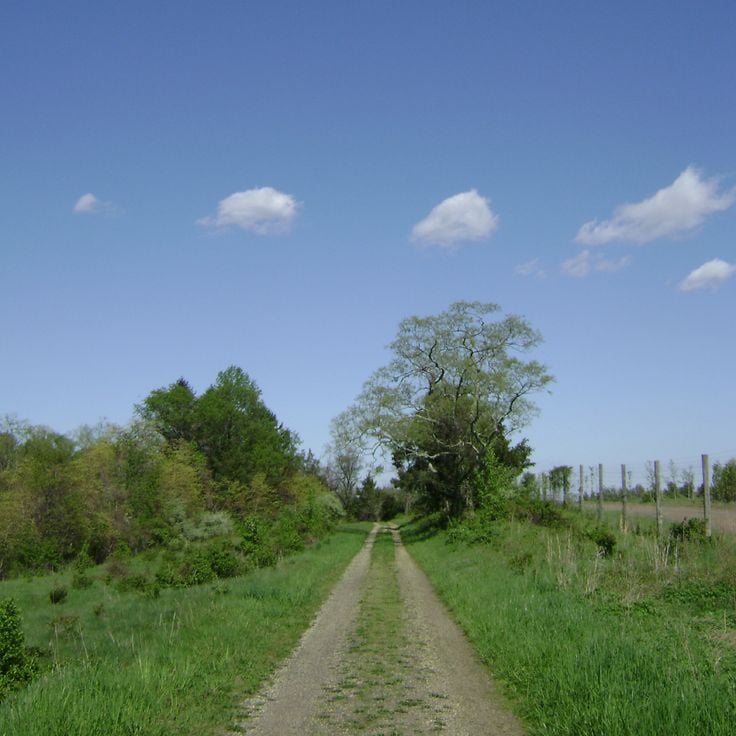
Holmdel, United States
Holmdel ParkHolmdel Park covers 235 acres in Monmouth County, offering a network of trails through woodlands and open fields. The park features a pond where fishing is permitted, along with picnic areas and playgrounds. The Longstreet Farm, a restored 1890s farmstead, demonstrates late 19th-century agricultural life with historic buildings, livestock, and seasonal demonstrations of traditional farming techniques.
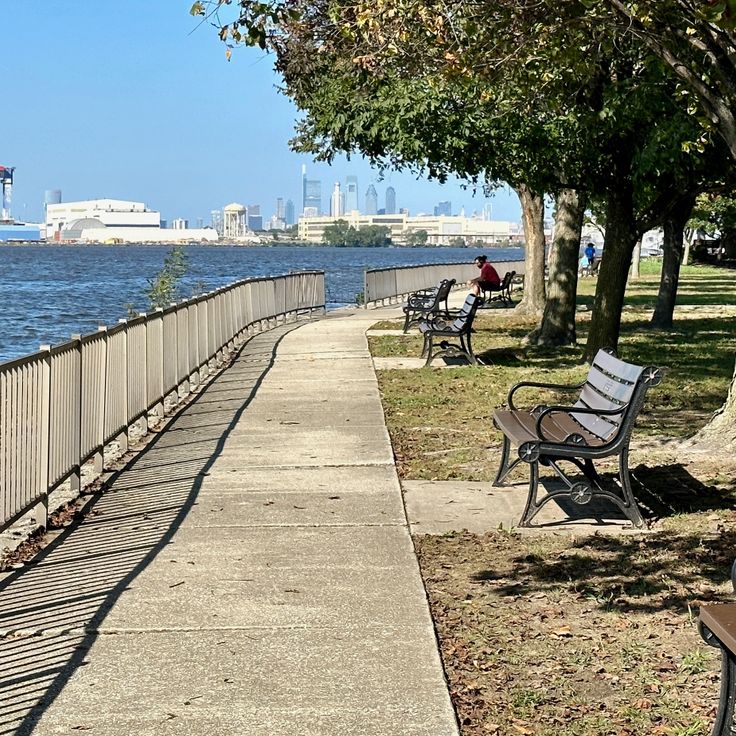
National Park, United States
Red Bank Battlefield ParkRed Bank Battlefield commemorates the October 22, 1777 battle where American forces repelled British and Hessian troops during the Revolutionary War. The park preserves earthwork fortifications, a visitor center with historical exhibits, and the Whitall House, a 1748 Georgian residence that served as a field hospital during the fighting. Elevated positions throughout the park provide views across the Delaware River toward the Pennsylvania shoreline.
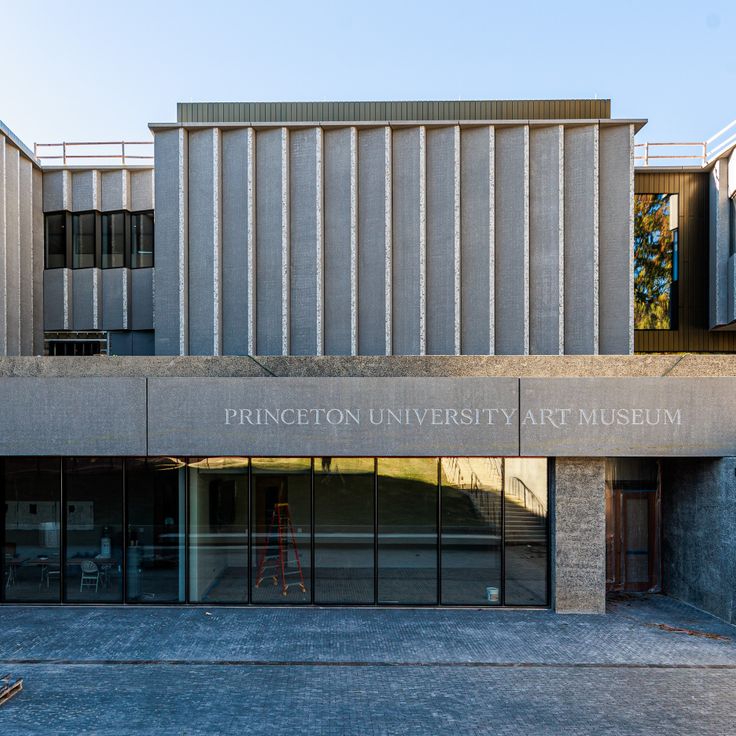
Princeton, United States
Princeton University Art MuseumThe Princeton University Art Museum holds 92,000 works of art from diverse cultures and periods. The collections span ancient Mediterranean objects, Asian art, European paintings, and modern American works. The museum displays Greek and Roman antiquities, Chinese calligraphy, African sculptures, and 20th-century photographs. The galleries are located on the university campus and open to the public. The museum organizes rotating exhibitions and educational programs for students and visitors.
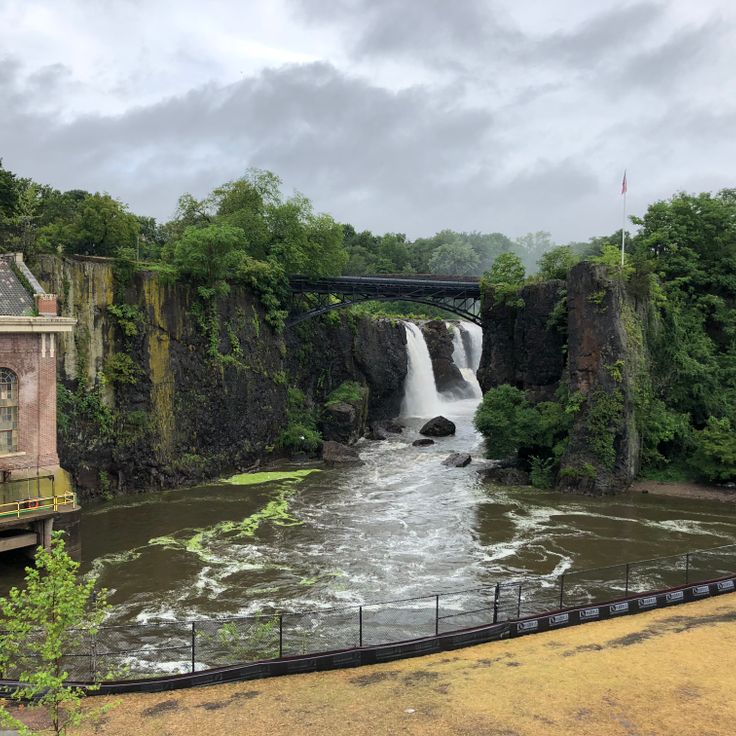
Paterson, United States
Paterson Great Falls National Historical ParkThe Great Falls National Historical Park preserves the 23-meter waterfalls of the Passaic River, which Alexander Hamilton identified in the late 18th century as a power source for America's first planned industrial city. The water power drove textile mills, locomotive works, and silk factories that made Paterson an economic center. The park grounds include remnants of hydraulic raceway systems, historic red brick factory buildings, and viewing areas along the gorge. Visitors can trace the 19th-century engineering achievements and understand the role of the falls in American industrial history.
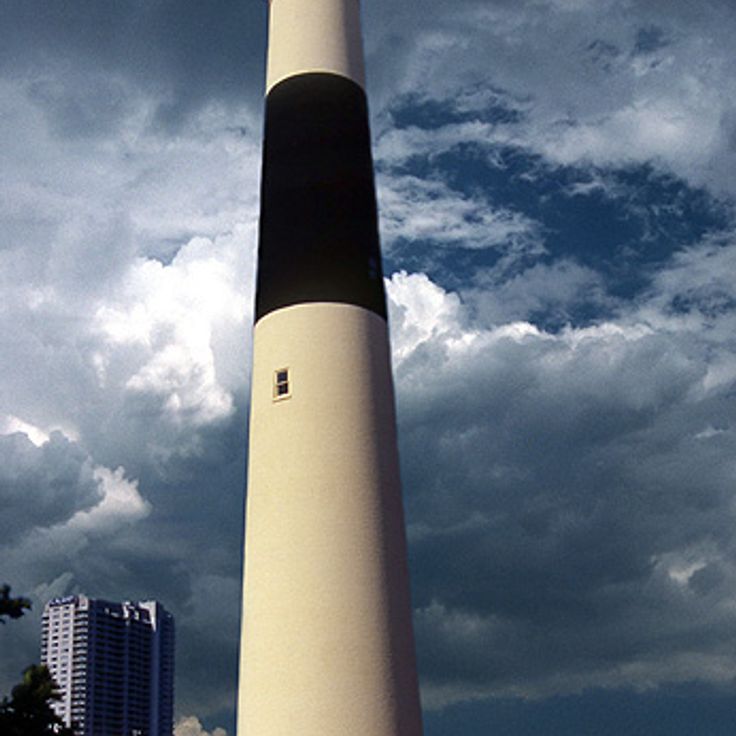
Atlantic City, United States
Absecon LighthouseThe Absecon Lighthouse was constructed in 1857 and rises 52 meters above the ground. The structure served maritime navigation along the New Jersey coast for over a century. Visitors can climb the 228 steps to the top and view Atlantic City and the Atlantic Ocean from the observation deck. The museum on the grounds displays documents, photographs, and artifacts related to maritime history and lighthouse operations. The exhibits explain the technical aspects of lighthouse beacons and trace the evolution of maritime safety measures along the American East Coast.
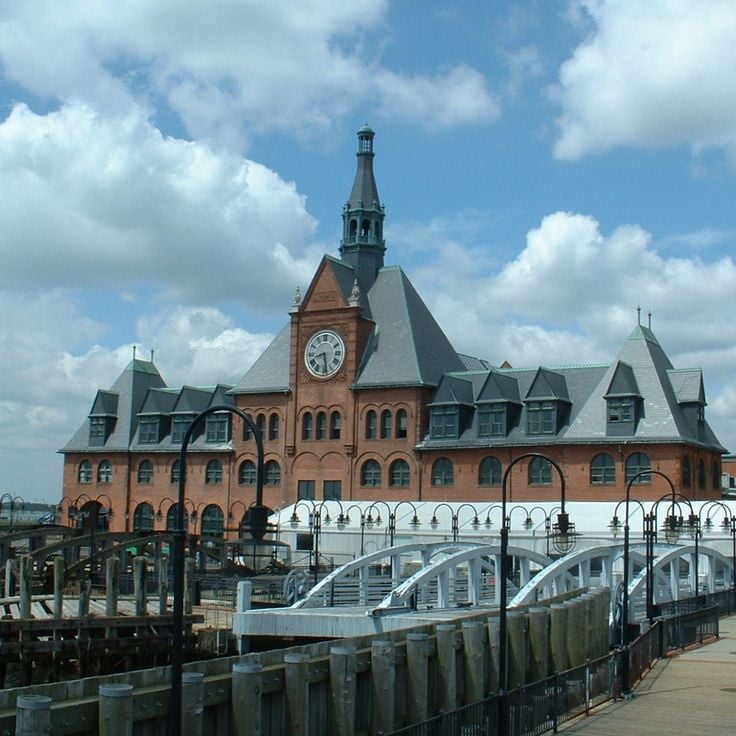
Jersey City, United States
Liberty State ParkLiberty State Park spans 500 hectares along the Hudson River and provides direct views of the Statue of Liberty and the Manhattan skyline. This park was developed on former industrial land and features walking paths, bike trails, and picnic areas. The Liberty Science Center and ferry terminals to Ellis Island and Liberty Island are located within the park. The green spaces and waterfront promenades allow visitors to observe New York Harbor and the bay.
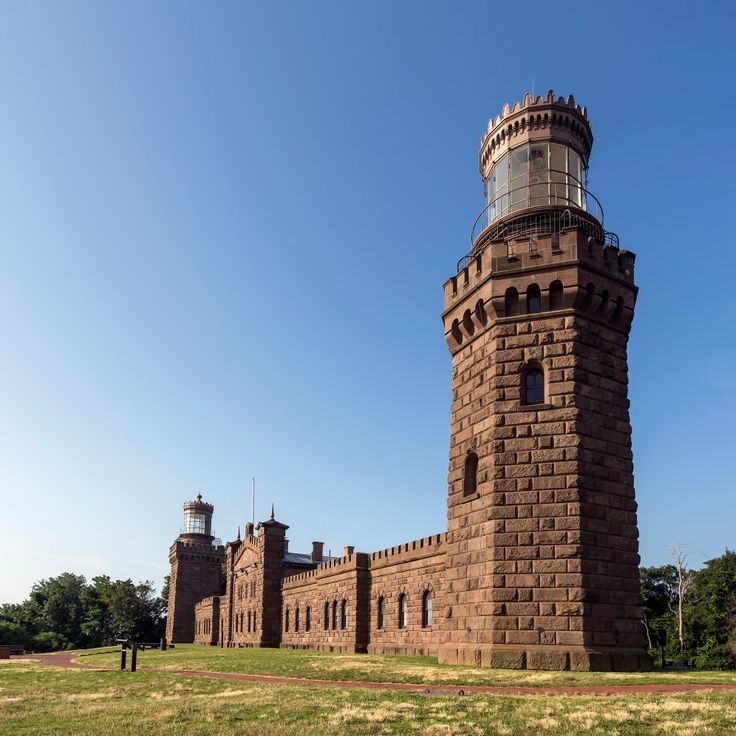
Highlands, United States
Twin Lights Historic SiteThe Twin Lights comprises two brick lighthouses built in 1862 on the Navesink Highlands. The historic structure houses a museum dedicated to lighthouse history and coastal navigation in New Jersey. The towers provide views across Sandy Hook Bay and the Atlantic Ocean. The site documents technical developments in maritime signaling and served as a testing station for early wireless experiments.
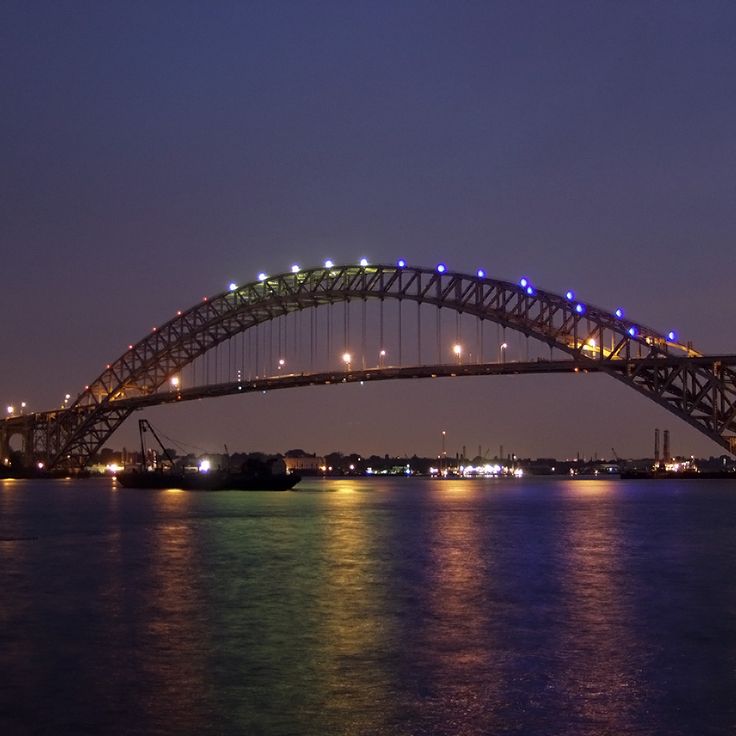
From Bayonne to Fort Lee, United States
Hudson River Waterfront WalkwayThe Hudson River Waterfront Walkway extends for 29 kilometers along the western shore of the Hudson River, connecting nine municipalities from Bayonne in the south to Fort Lee in the north. This continuous waterfront path provides pedestrians and cyclists with direct access to the river through numerous parks, piers, and public spaces. The Manhattan skyline rises across the river and is visible from virtually every point along the route. The walkway passes through historic port areas, former industrial zones, and modern residential developments, showcasing the evolution of the region.
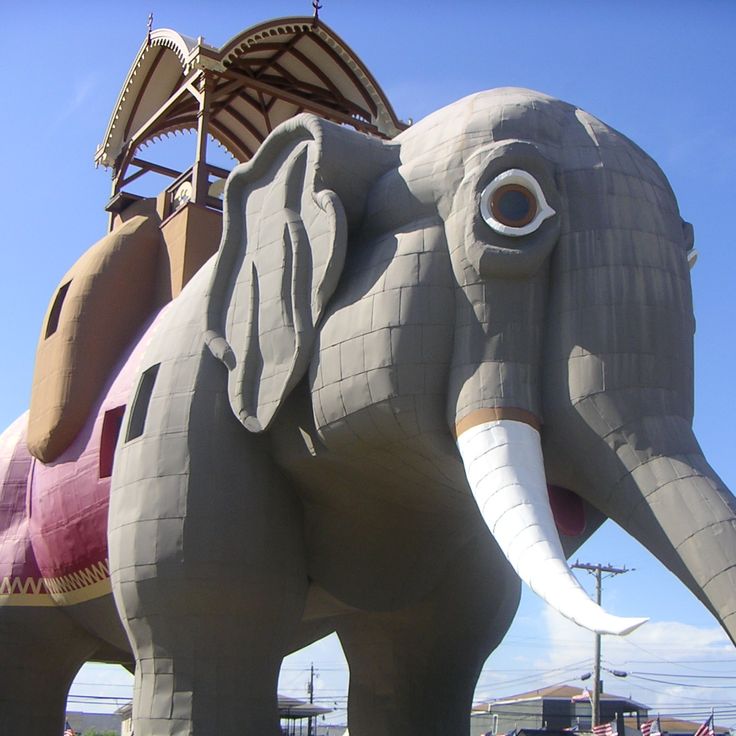
Margate, United States
Lucy the ElephantLucy the Elephant is a wooden structure built in 1881 in the shape of an elephant. The building stands six stories tall and reaches a height of 27 meters. Inside, a museum documents the history of this architectural curiosity. Visitors can explore the different levels and enjoy views of Margate and the New Jersey coastline from the observation platform.

Wall Township, United States
Allaire State ParkAllaire State Park covers 1,200 hectares in Monmouth County and preserves the 19th-century historic village of Allaire Village. The restored industrial village displays buildings from the iron-smelting era, including forges, worker cottages, and a chapel. A narrow-gauge railroad runs through the grounds, connecting different areas of the park. The extensive pine forests offer over 50 kilometers of marked trails for hikers, cyclists, and horseback riders. The Manasquan River flows through the park, creating habitats for native wildlife species.
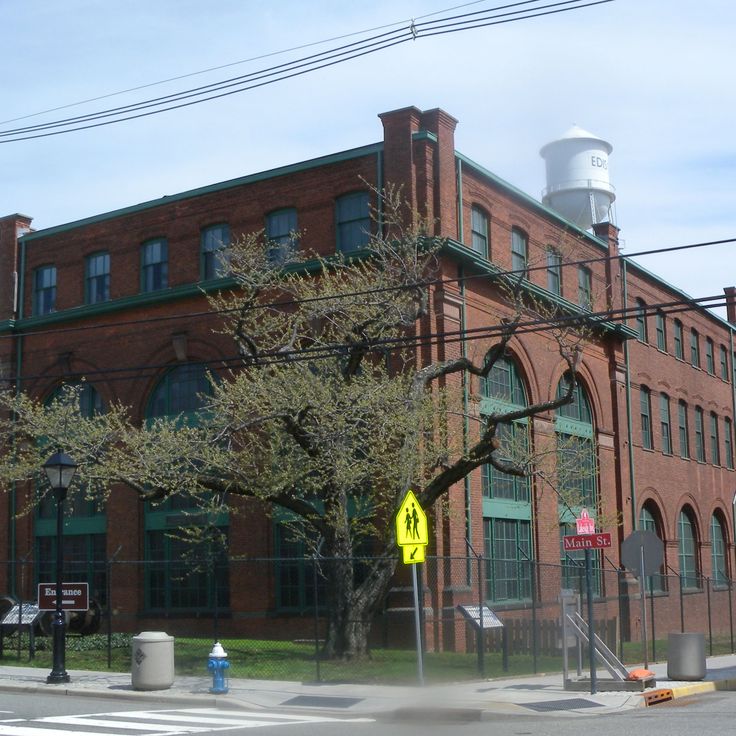
West Orange, United States
Thomas Edison National Historical ParkThe Thomas Edison National Historical Park preserves the original research laboratory and residence of the inventor in West Orange. The laboratory was established in 1887 and served as the workplace for Edison and his team during several decades of technical innovation. The site presents authentic scientific instruments, prototypes, and experimental apparatus from various research fields. The adjacent residence displays the living conditions of the Edison family with original furnishings and personal items. The collections document Edison's contributions to the development of electricity, sound recording, and cinematography.
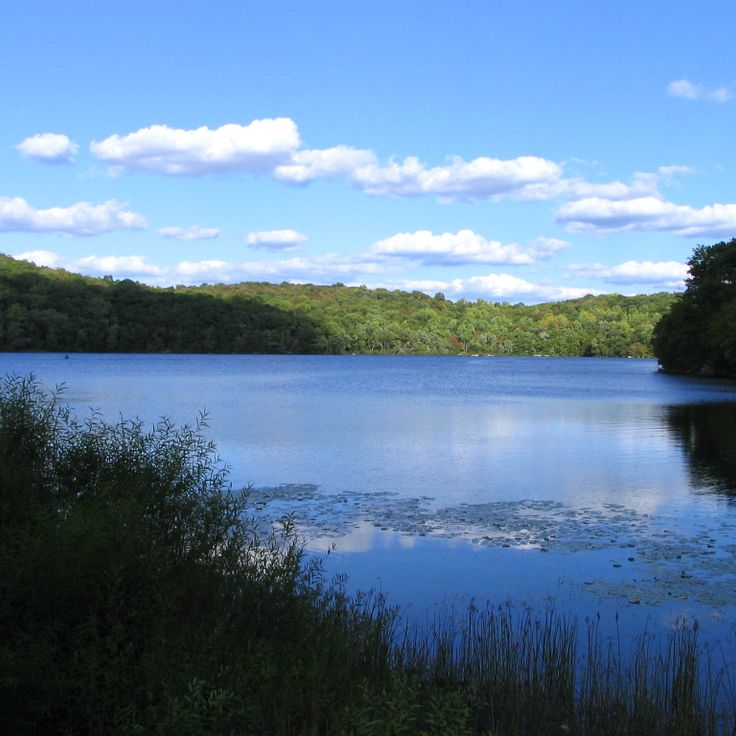
Ringwood, United States
Ringwood State ParkRingwood State Park covers 2,300 acres in northern New Jersey and combines natural areas with historical sites. The park includes two 19th-century manor houses, Ringwood Manor and Skylands Manor, surrounded by landscaped grounds. The New Jersey Botanical Garden is located on the property and features various plant collections. The trail network leads through forests, past lakes, and to old iron mines that recall the region's industrial past.
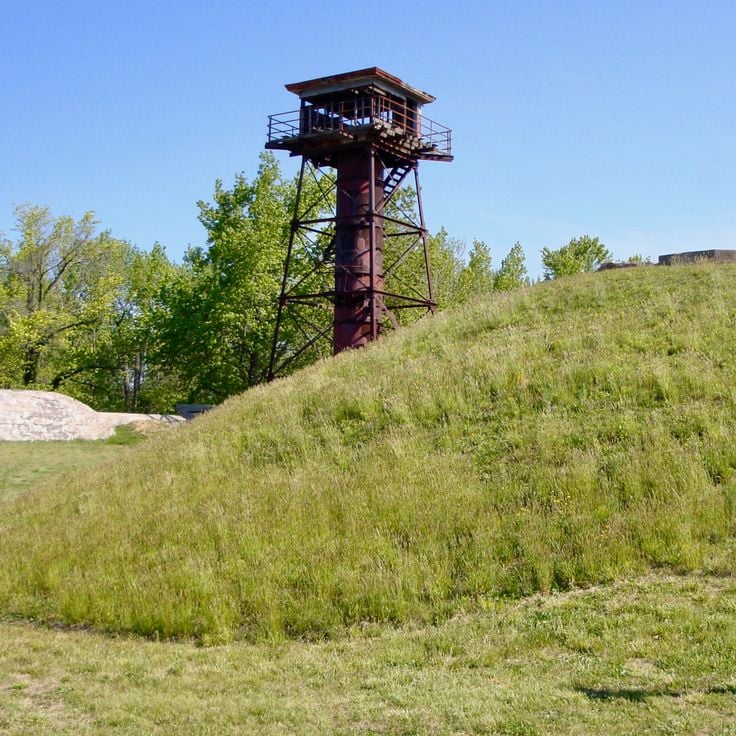
Pennsville, United States
Fort Mott State ParkFort Mott was built between 1896 and 1922 as a coastal defense installation along the Delaware River. The fortress features preserved gun emplacements, massive concrete bunkers, and defensive walls from the coastal artillery era. The bastions offer expansive views across the river and opposite shores. The grounds include military buildings, underground passages, and ammunition storage areas that reflect the strategic importance of this location.
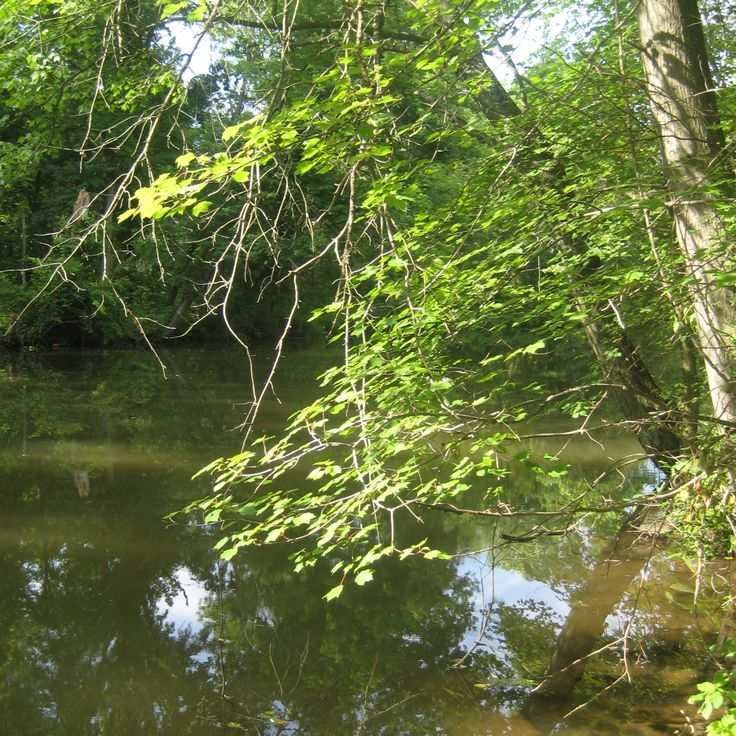
New Jersey, United States
Delaware and Raritan Canal State ParkThe Delaware and Raritan Canal State Park follows a functional 19th-century waterway that once transported goods between Philadelphia and New York. The park provides 60 miles of multi-use trails along the canal and feeder routes, passing through woodlands, wetlands, and historic towns. Hikers, cyclists, and horseback riders can view preserved locks, bridges, and locktender houses that document the engineering heritage of the canal era. The trail connects multiple communities across central New Jersey and offers access to fishing spots, birdwatching areas, and historic sites along the route.

Bayonne, United States
Bayonne Bridge WalkwayThe Bayonne Bridge walkway spans the Kill Van Kull waterway, connecting Staten Island to New Jersey. This steel structure provides pedestrians and cyclists a crossing point over the water channel with views of the harbor and surrounding industrial facilities. The passage offers a practical connection between the two shores and serves as an alternative to vehicle traffic on the main bridge.

Paterson, United States
Great Falls Raceway and Dutch MillThe Great Falls Raceway System and Dutch Mill form a 19th-century industrial complex in Paterson. This facility harnessed the waterpower of the Passaic River falls to supply the city's textile mills and machine shops. The canal system, designed by Pierre Charles L'Enfant, enabled controlled water distribution to manufacturing sites.
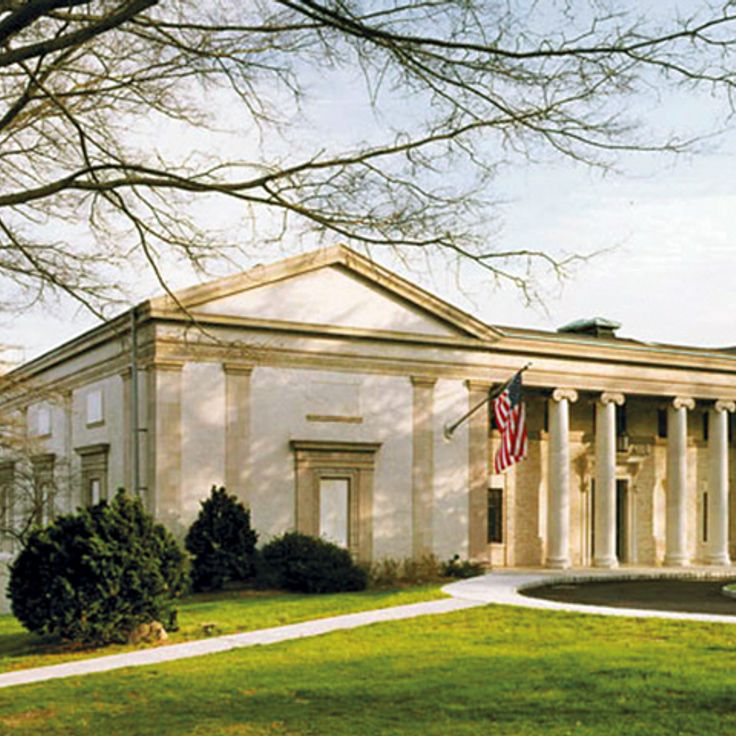
Montclair, United States
Montclair Art MuseumThe Montclair Art Museum houses over 12,000 artworks in its permanent collection. The institution focuses on American art and Native American art. The collections include paintings from the 18th century to the present day, sculptures, photographs, and traditional and contemporary objects from indigenous cultures. The museum organizes rotating exhibitions and offers educational programs for different age groups.

Camden, United States
Battleship New JerseyThe Battleship New Jersey measures 270 meters in length, making it the longest warship ever built by the United States Navy. This Iowa-class battleship participated in military operations during World War II in the Pacific, the Korean War, the Vietnam War, and the 1983 Lebanon intervention. Commissioned in 1943, the vessel carries nine 406mm guns and could accommodate a crew of over 2,700 sailors. Today, the ship is permanently moored on the Delaware River and operates as a museum ship documenting American naval history.